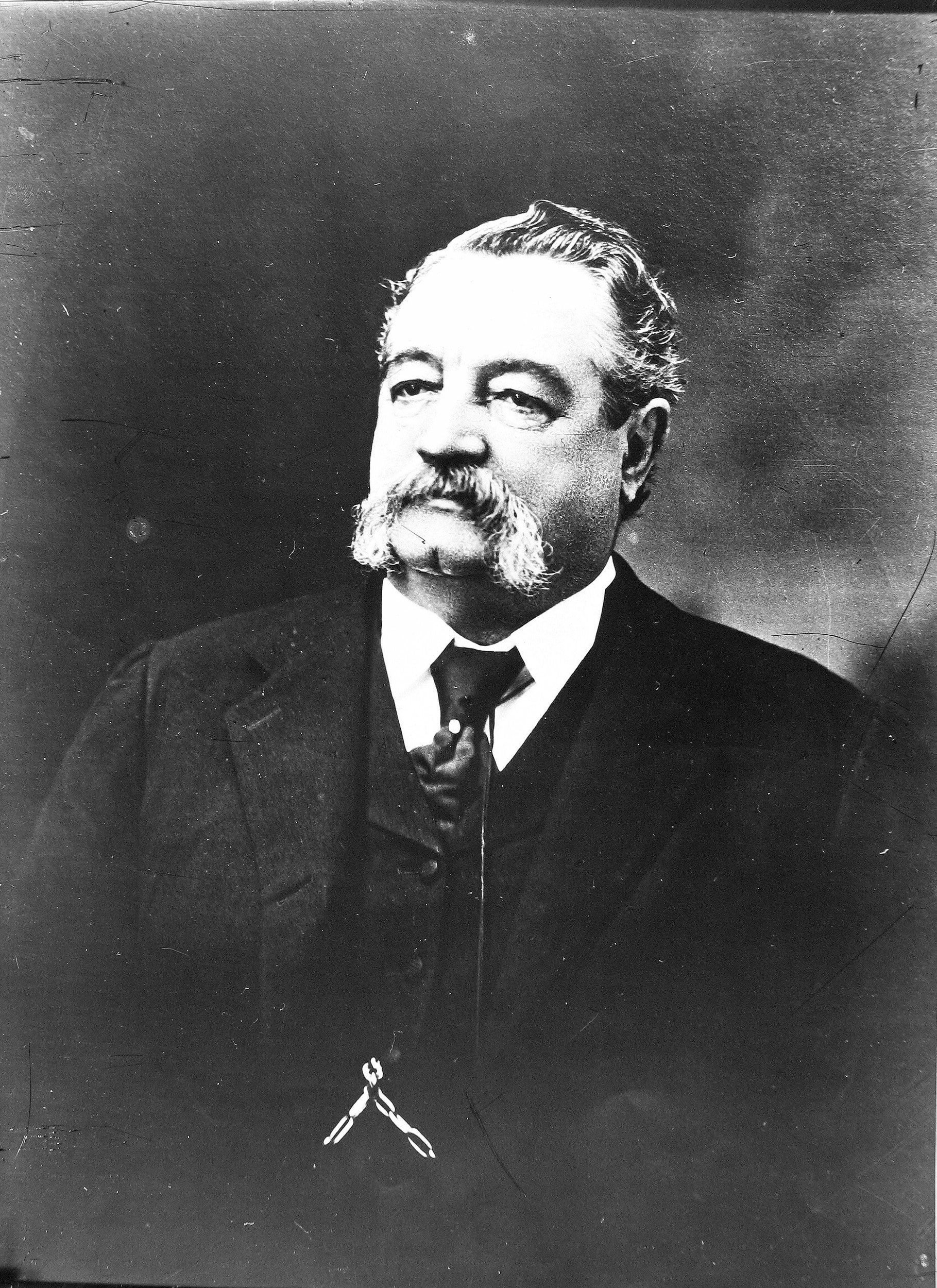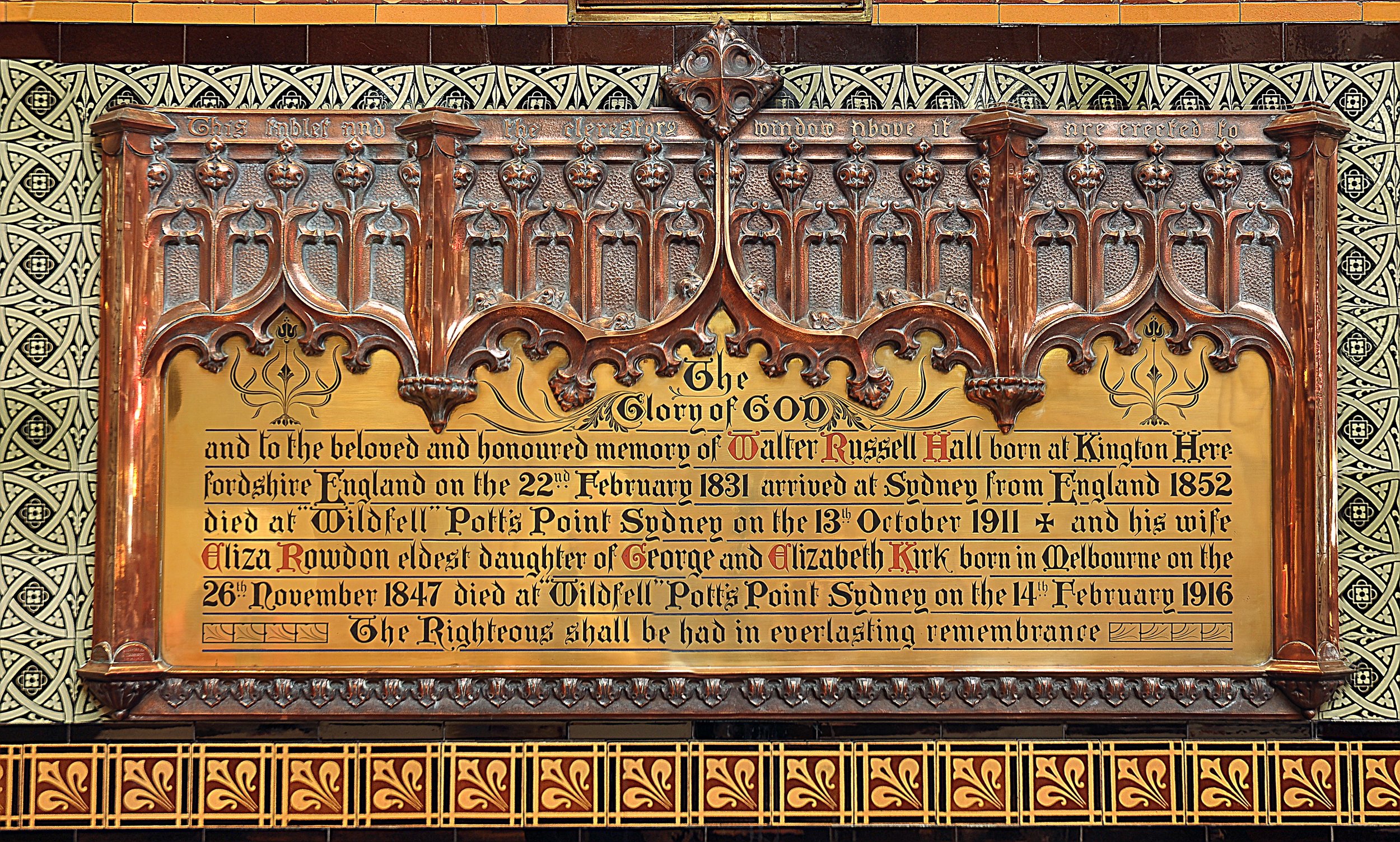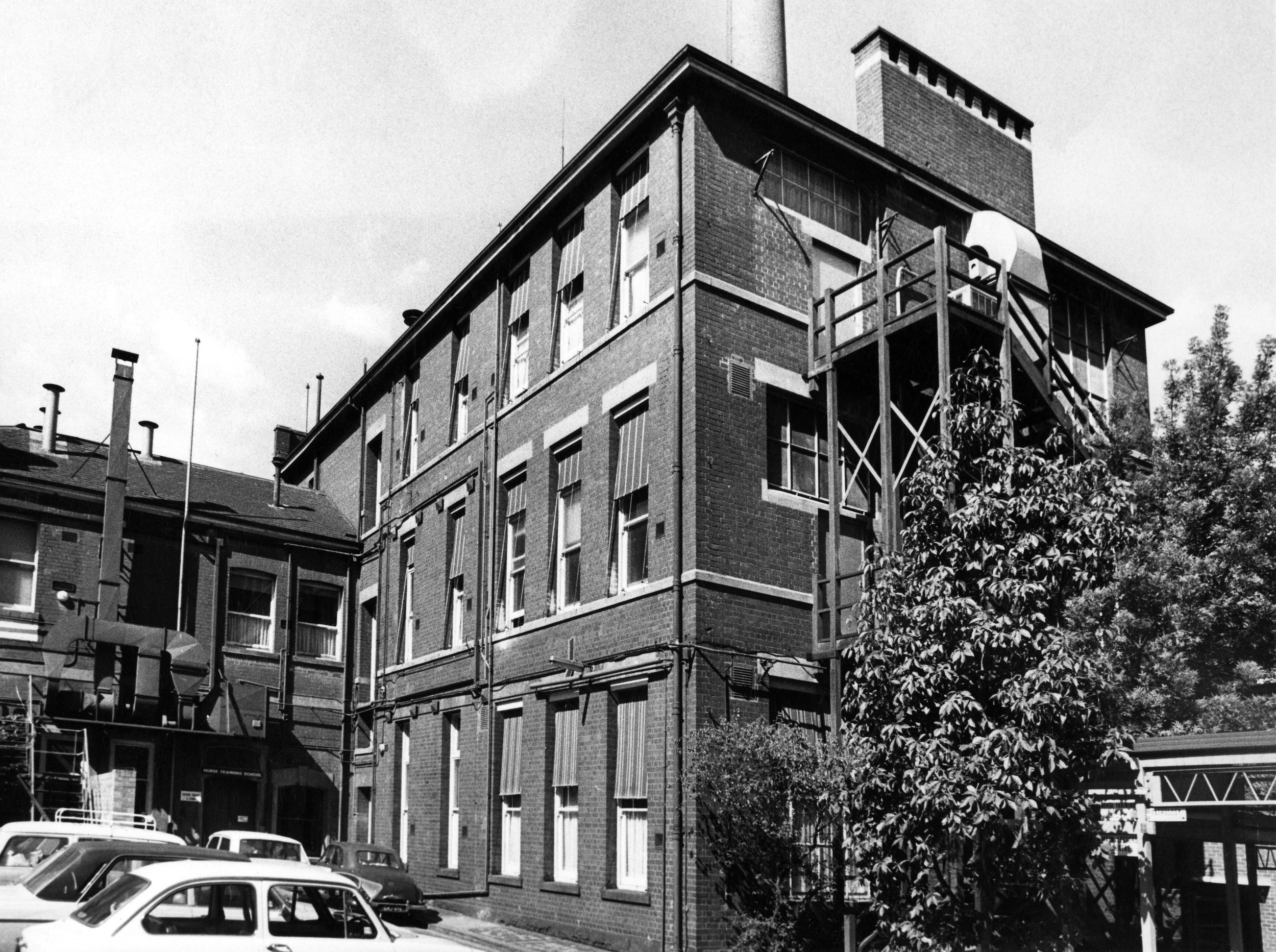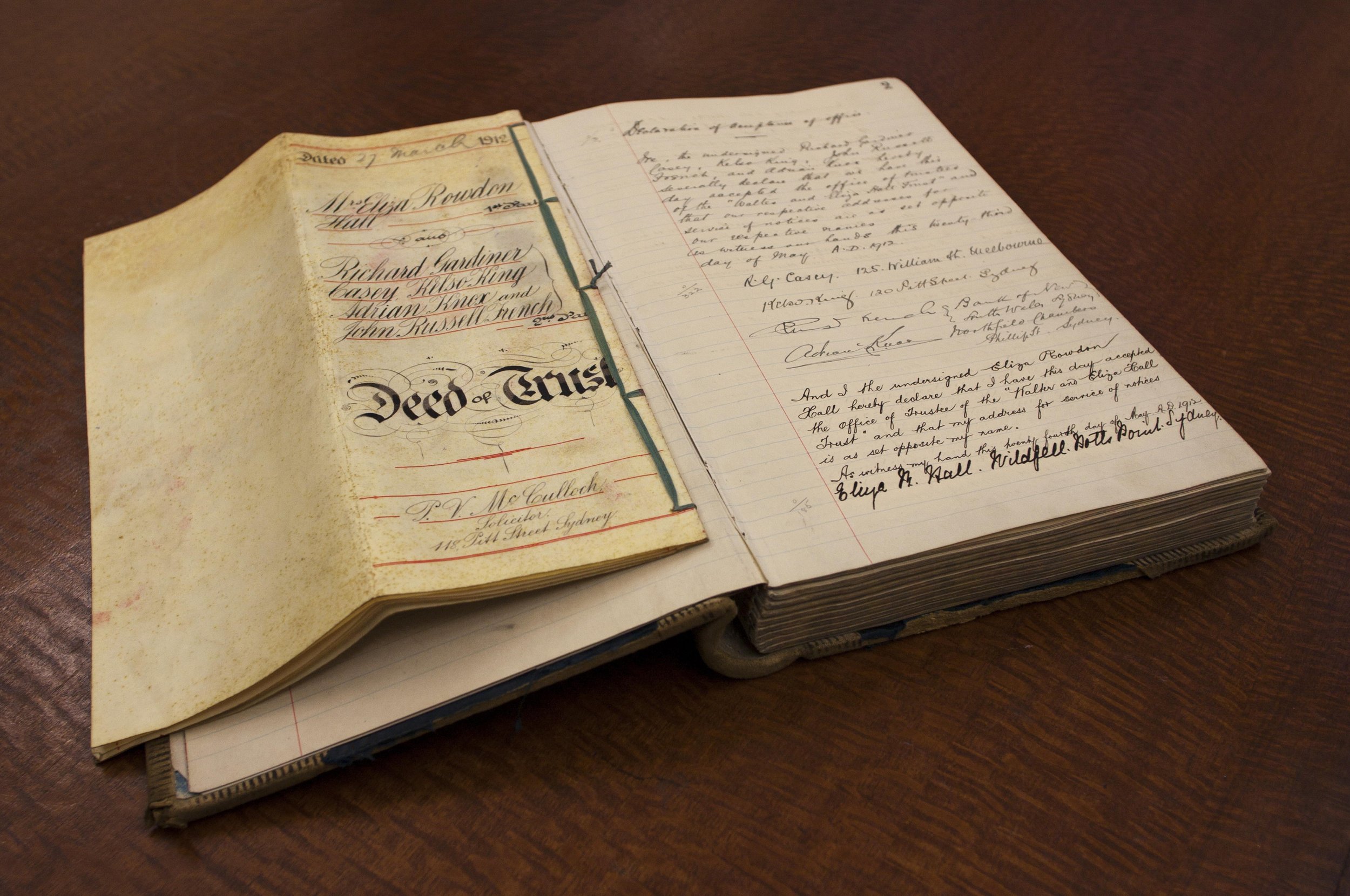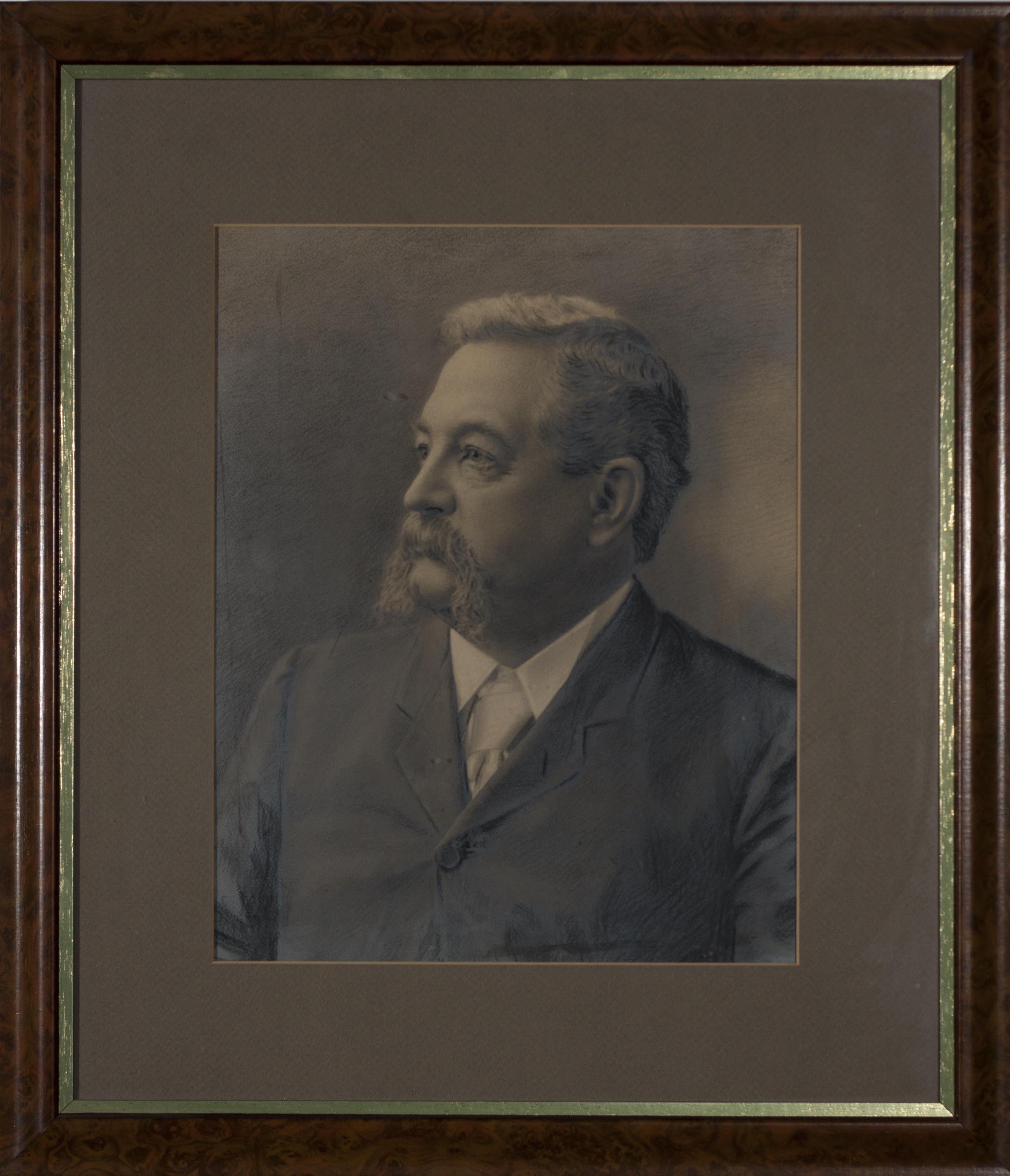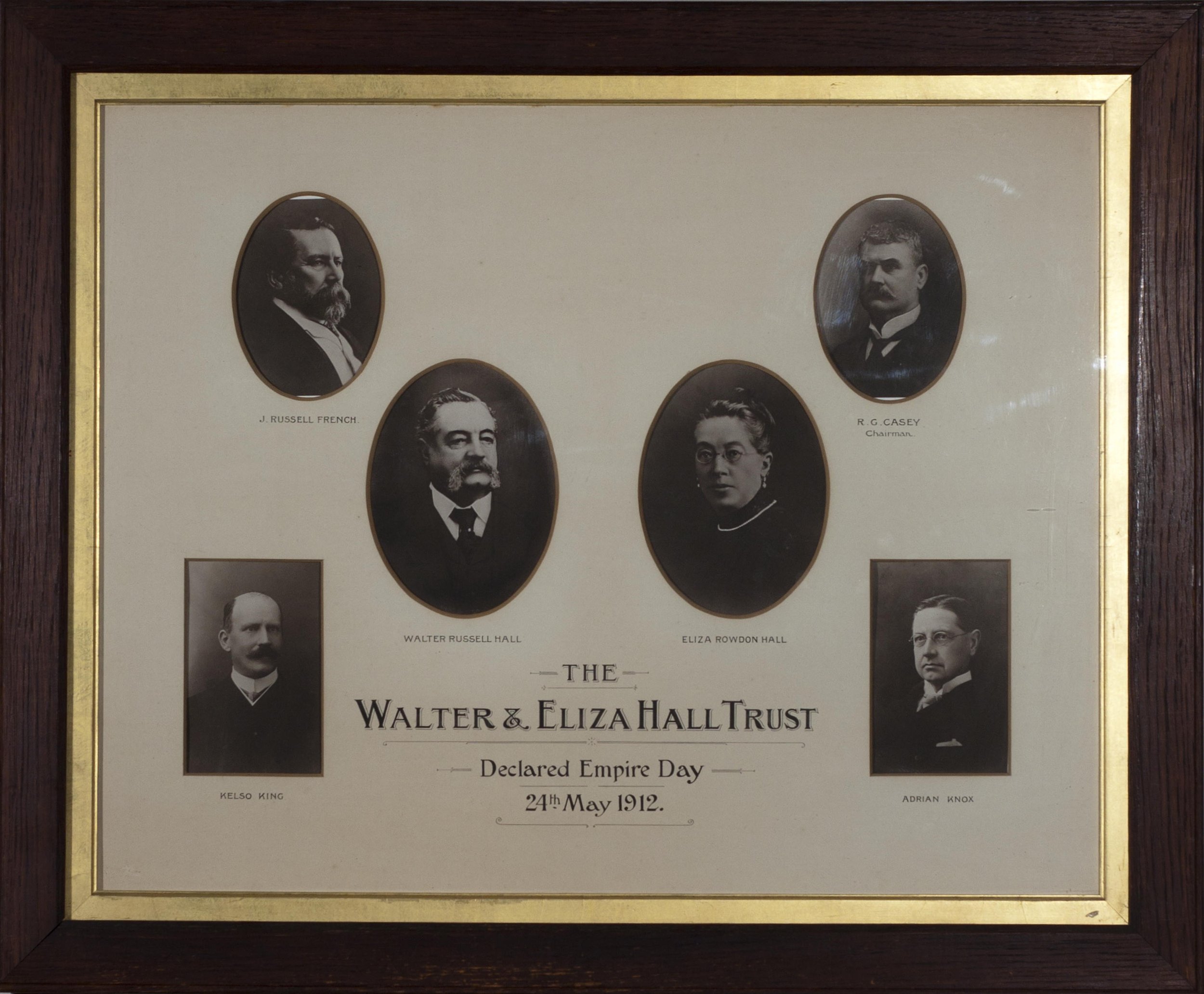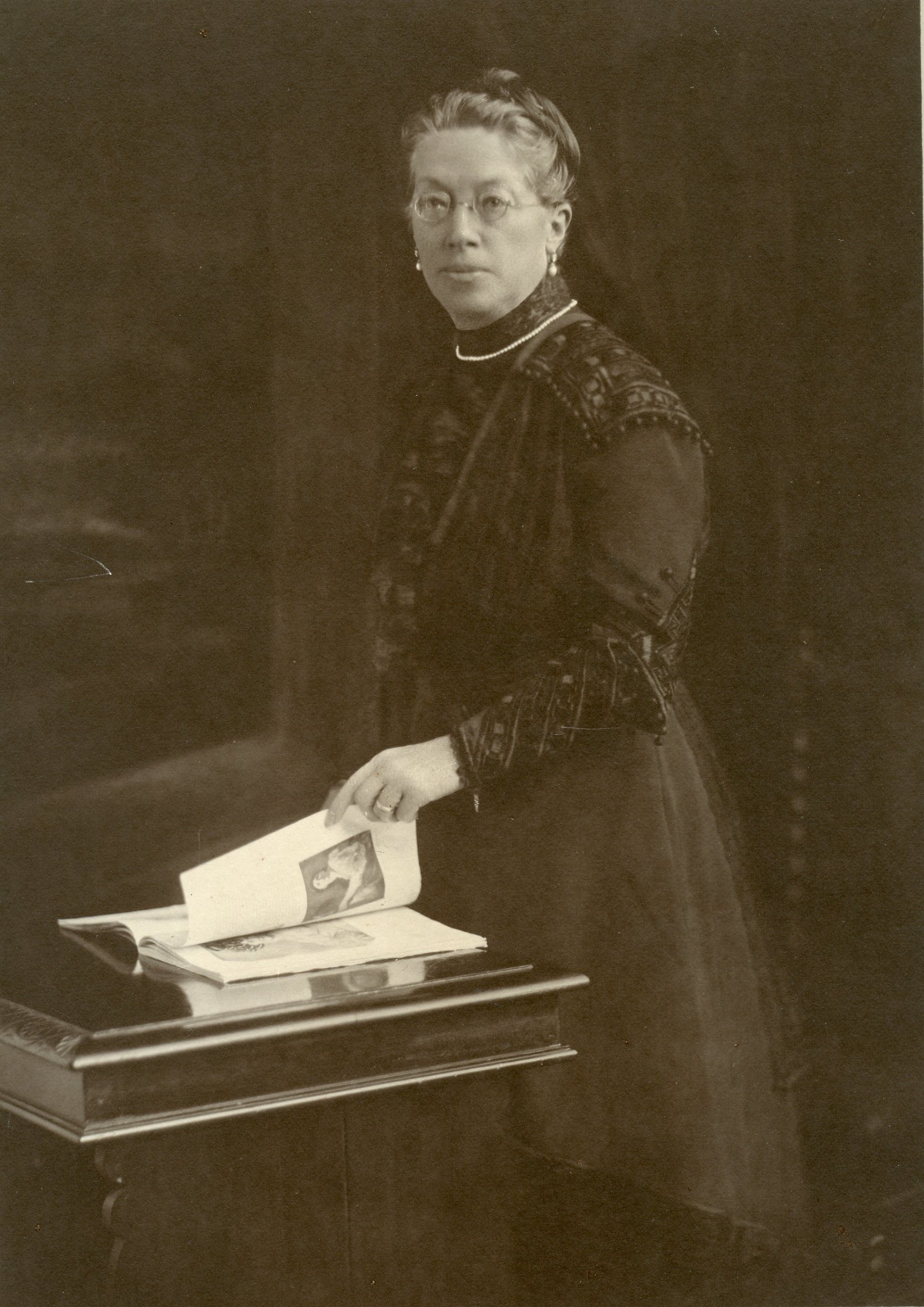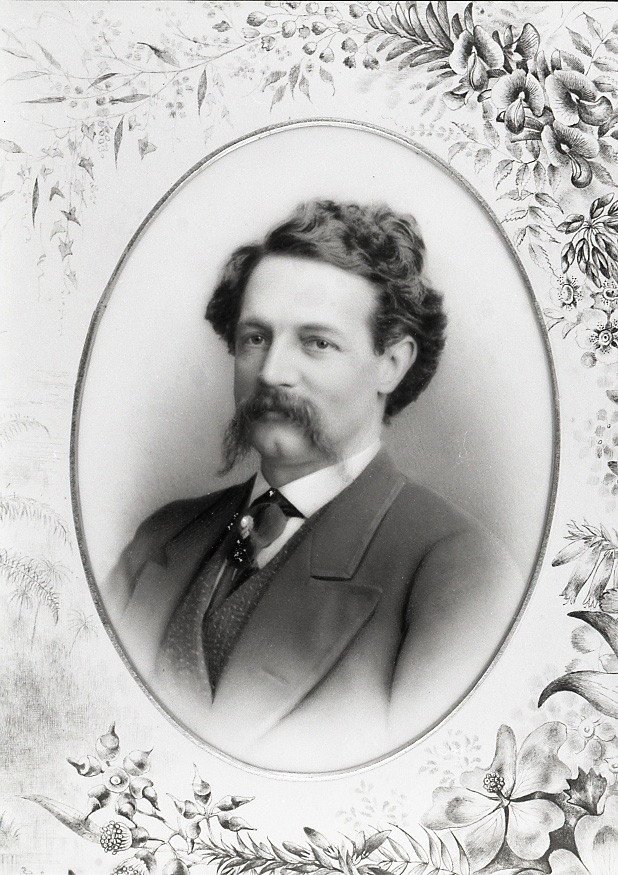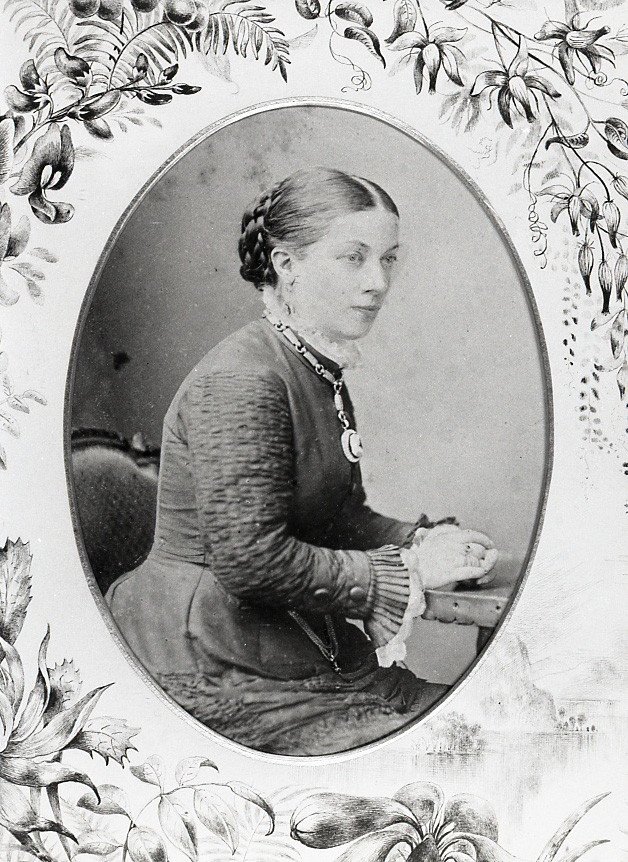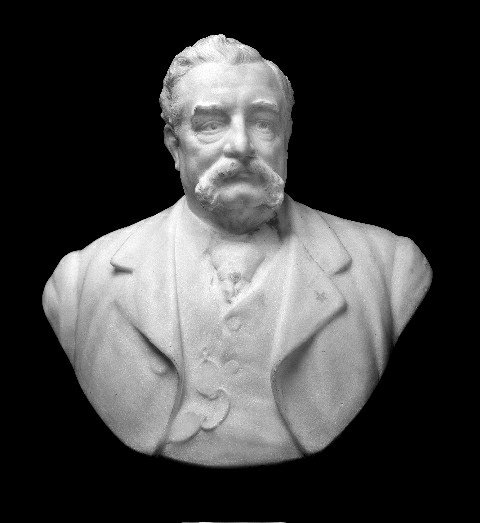
Who we are
Our History
During the middle of the 19th century, Walter Hall came to Australia from England with only a few pounds in his pocket to seek his fortune in the gold rush. After a shaky start, he became a very successful and wealthy businessman. Much of his wealth came from Queensland's Mt. Morgan gold mine. He also acquired substantial holdings in the booming pastoral industry and his entrepreneurial skills also extended to transport. He was one of the last owners of Cobb and Co, the horse-drawn coach line of Australian history and tradition. He died in 1911 aged 80 years.
Both Walter and his wife, Eliza, were active philanthropists during their life together. In the year following her husband's death Eliza set up a charitable trust with a donation of £1,000,000. It was named the Walter and Eliza Hall Trust.
Since then, the Trust and the other parts of our group which evolved from it have helped many thousands of Australians in their time of crisis.
In addition to those individuals, many charitable organisations have been assisted by the Trust. One notable example is the Walter and Eliza Hall Institute of Medical Research in Melbourne, which was established in 1915.
If you are interested in reading more about our history, please email info@wehalltrust.org.au for a free copy of our book.
Walter Hall
Eliza Hall
Vision
To make a better society by helping people who are disadvantaged.
Aims
Assist people with immediate funds to procure goods and services.
Assist students with physical disabilities to take advantage of educational opportunities.
Assist organisations who make a society-wide difference with the services they provide.
We aim to provide this assistance in a way that meets the needs, and, where possible, provide a pathway to sustainability.
Values
Our grant making is non-discriminatory.
We are not judgmental about the causes of disadvantage.
We provide assistance in a way that maintains self-worth and freedom of choice and, where possible, provides a pathway to sustainability.
Priorities
To manage and grow the corpus of funds in a sustainable manner.
To operate a well-managed, efficient, accountable, and sustainable organisation.
To develop our organisational capabilities in the areas of technology, staffing, communications, and financial capacity.




